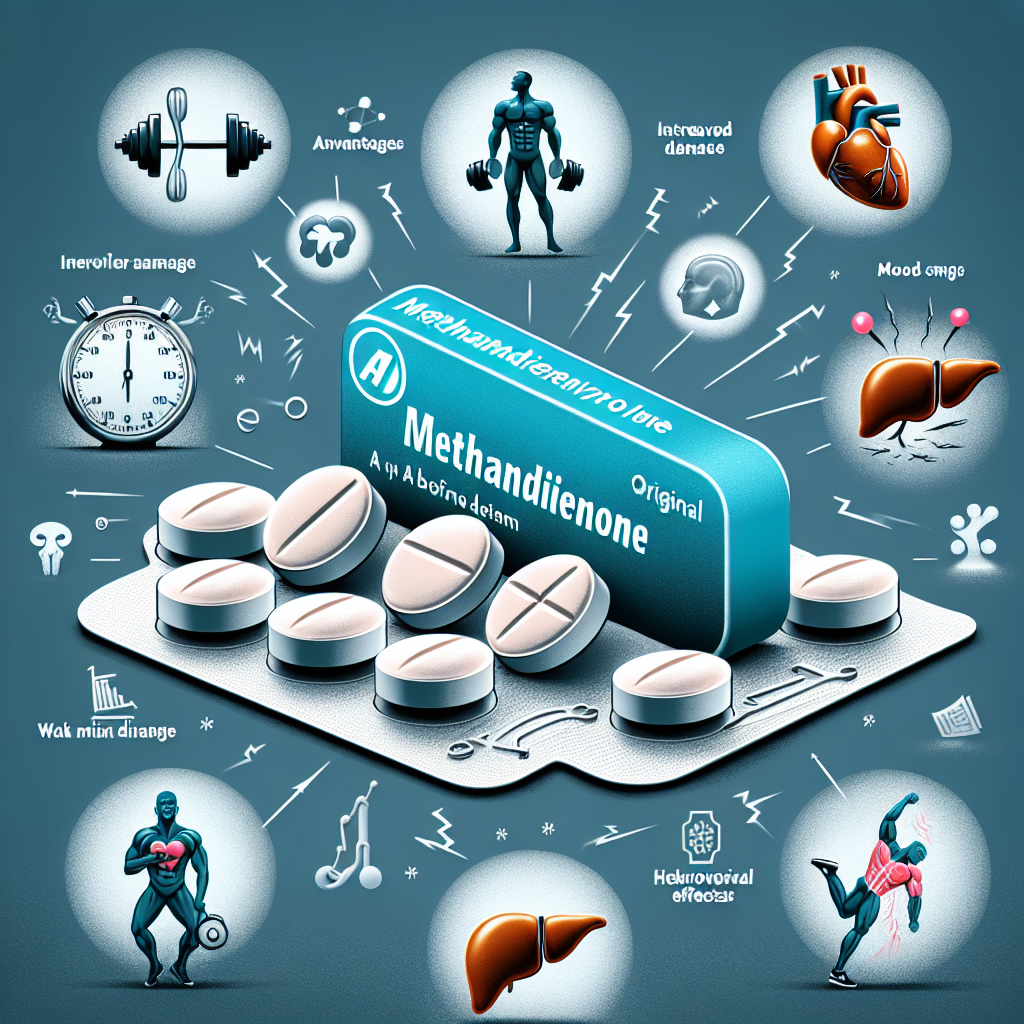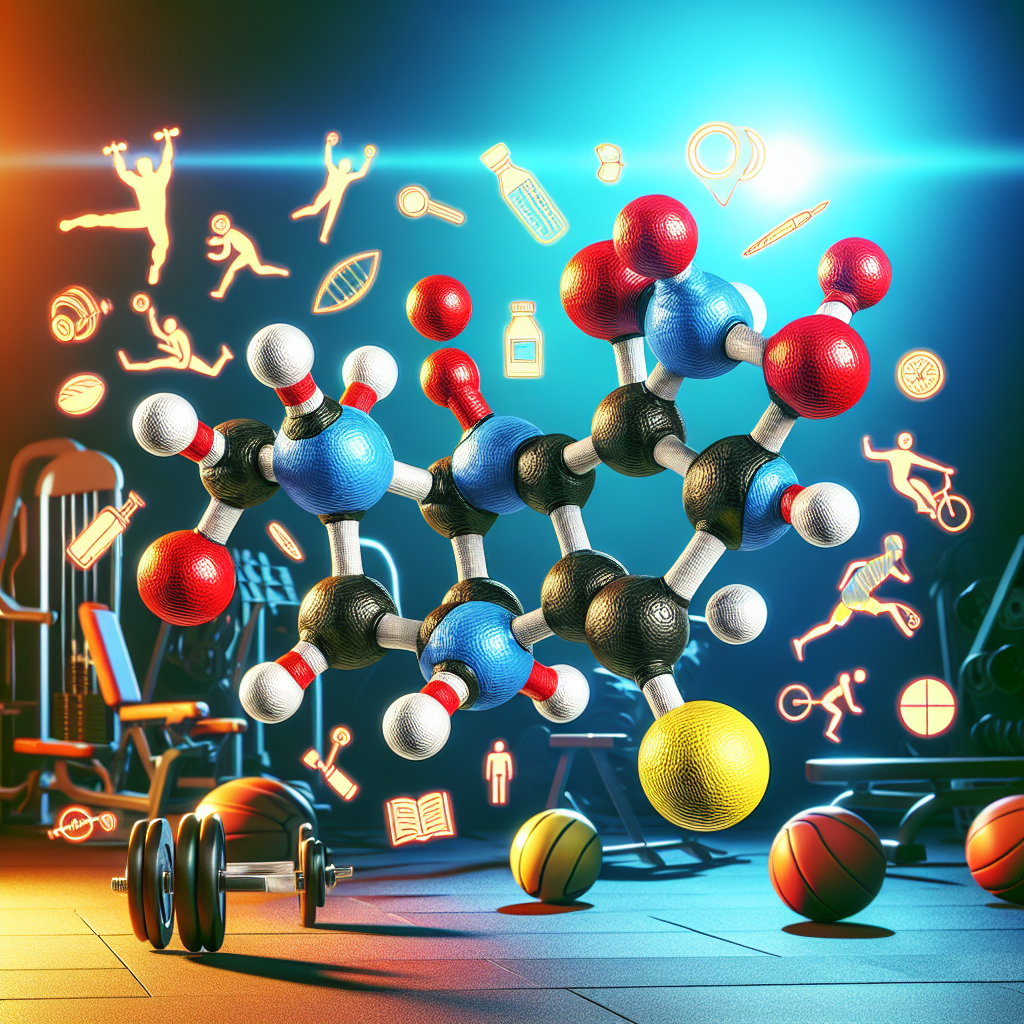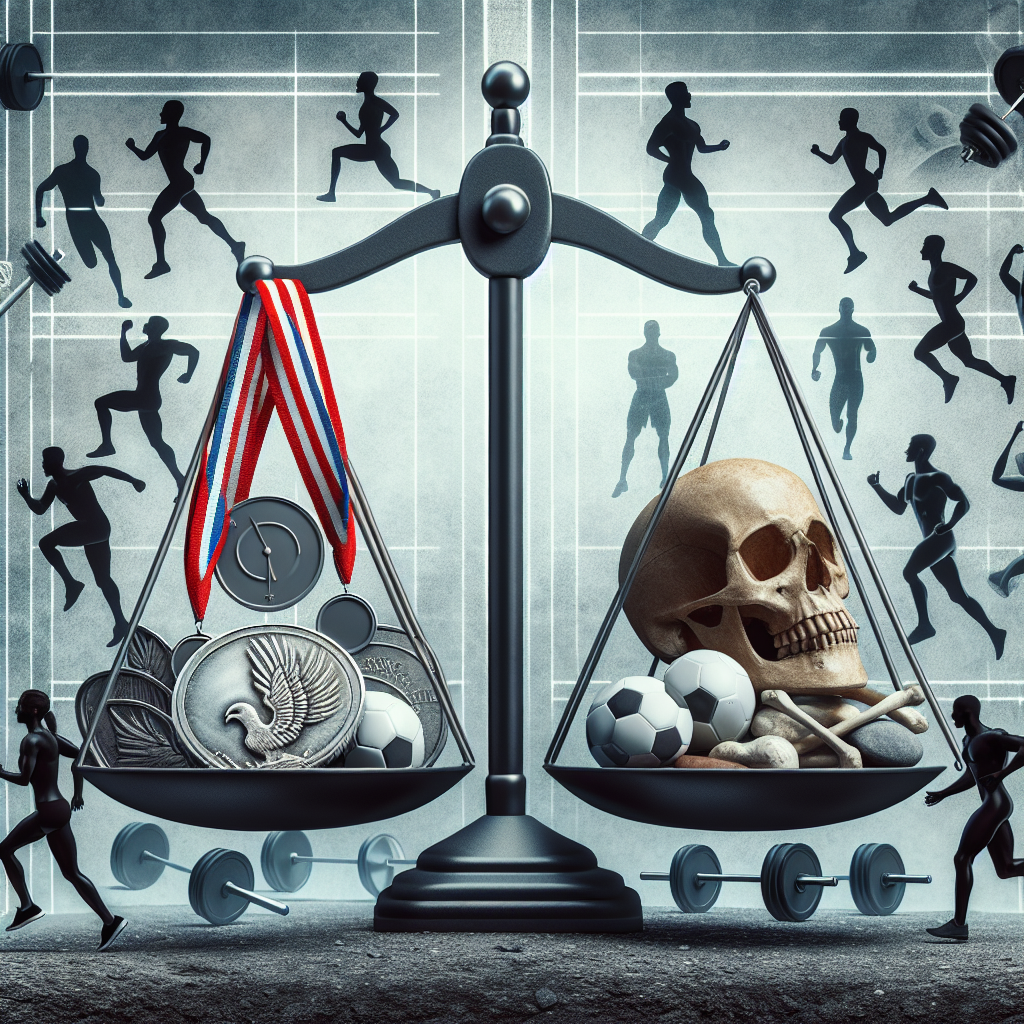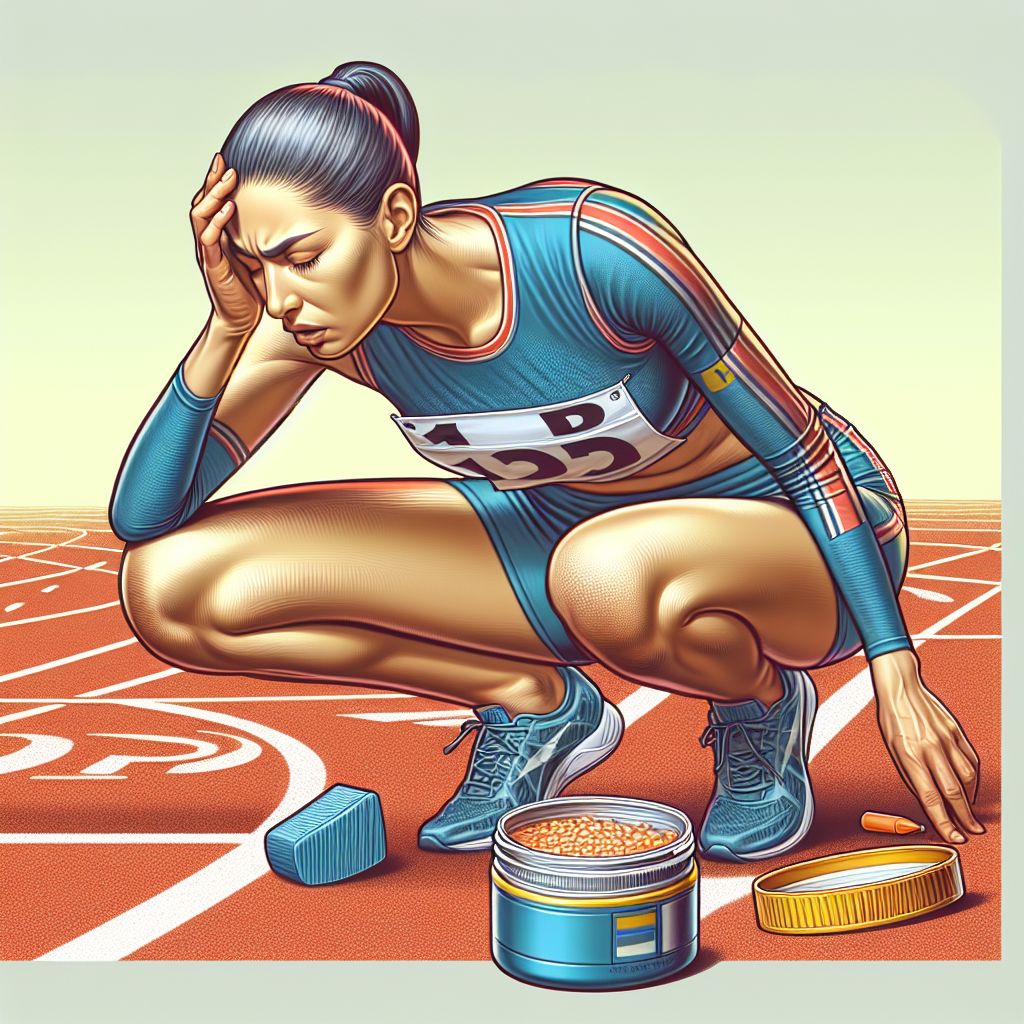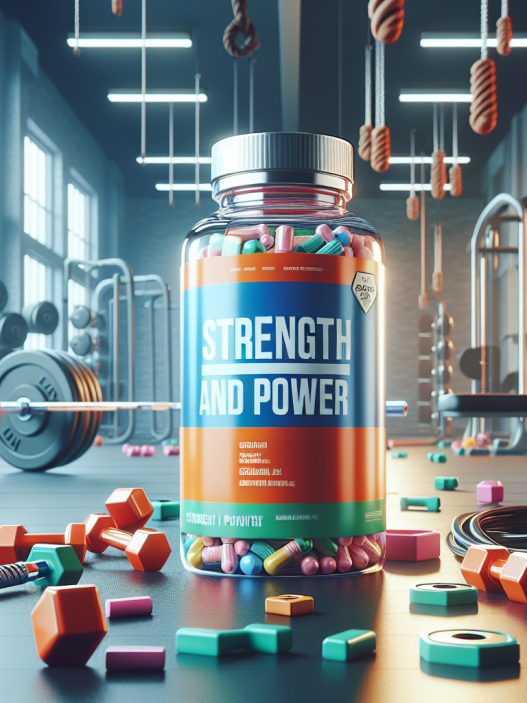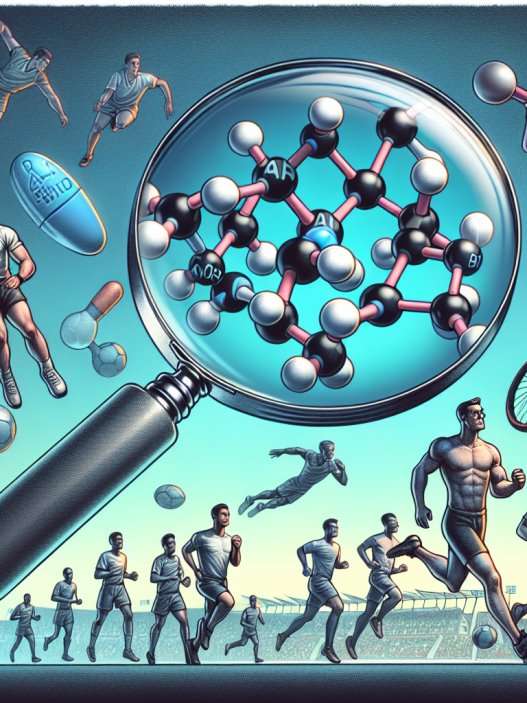-
Table of Contents
Mibolerone: Banned or Tolerated in Sports?
Performance-enhancing drugs have been a controversial topic in the world of sports for decades. Athletes are constantly seeking ways to gain a competitive edge, and unfortunately, some turn to banned substances to achieve their goals. One such substance that has been at the center of debate is mibolerone, a synthetic androgenic steroid. While it has been banned by most sports organizations, there are still questions surrounding its use and potential benefits. In this article, we will explore the pharmacology of mibolerone and its current status in the world of sports.
The Pharmacology of Mibolerone
Mibolerone, also known as cheque drops, is a synthetic androgenic steroid that was first developed in the 1960s. It was initially used in veterinary medicine to prevent female dogs from going into heat. However, it soon caught the attention of athletes due to its potent androgenic effects. Mibolerone is a derivative of nandrolone and has a similar structure to testosterone, making it a highly anabolic and androgenic substance.
When taken orally, mibolerone is rapidly absorbed and has a half-life of approximately 4 hours. It is metabolized in the liver and excreted in the urine. The main metabolite of mibolerone is 17α-methyl-19-nor-5-androstenediol, which can be detected in urine for up to 2 weeks after ingestion (Kicman, 2008). This makes it difficult to use mibolerone without detection in drug tests.
Mibolerone works by binding to androgen receptors in the body, promoting protein synthesis and increasing muscle mass. It also has a strong androgenic effect, leading to increased aggression and competitiveness. This makes it a popular choice among athletes in sports that require strength and power, such as weightlifting and powerlifting.
The Banning of Mibolerone in Sports
Due to its potent effects, mibolerone has been banned by most sports organizations, including the World Anti-Doping Agency (WADA) and the International Olympic Committee (IOC). It is classified as a Schedule III controlled substance by the United States Drug Enforcement Administration (DEA), meaning it has a high potential for abuse and can lead to severe physical and psychological dependence.
The use of mibolerone in sports has been linked to numerous adverse effects, including liver damage, cardiovascular issues, and psychological disturbances. In a study conducted on male bodybuilders, it was found that the use of mibolerone led to a significant increase in liver enzymes, indicating liver damage (Kicman, 2008). It has also been reported to cause high blood pressure, increased risk of heart attack and stroke, and aggressive behavior (Kicman, 2008).
Furthermore, the use of mibolerone in sports goes against the spirit of fair play and can give athletes an unfair advantage over their competitors. This is why it has been banned by most sports organizations and is considered a prohibited substance in drug testing.
The Controversy Surrounding Mibolerone
Despite its banning in sports, there are still some who argue that mibolerone should be tolerated due to its potential benefits. Some claim that it can help athletes recover from injuries faster and improve their performance in the short term. However, there is no scientific evidence to support these claims, and the potential risks far outweigh any potential benefits.
In addition, there have been cases where athletes have tested positive for mibolerone due to contaminated supplements. This has raised concerns about the reliability of drug testing and the potential for false positives. However, it is the responsibility of the athlete to ensure that they are not consuming any banned substances, and they should be aware of the risks associated with taking supplements that are not regulated by the FDA.
The Future of Mibolerone in Sports
As of now, mibolerone remains a banned substance in most sports organizations, and it is unlikely that this will change in the near future. The risks associated with its use far outweigh any potential benefits, and there are other legal and safer alternatives for athletes to enhance their performance.
It is also important to note that the use of mibolerone is not limited to professional athletes. It is also used by amateur and recreational athletes, who may not be aware of the potential risks and consequences. This highlights the need for education and awareness about the dangers of performance-enhancing drugs in sports.
Conclusion
In conclusion, mibolerone is a banned substance in sports due to its potent androgenic effects and potential risks. While there may be some controversy surrounding its use, the evidence clearly shows that it is a dangerous substance that has no place in sports. Athletes should be aware of the consequences of using mibolerone and should instead focus on legal and safe methods to enhance their performance. It is the responsibility of sports organizations, coaches, and athletes to uphold the integrity of sports and promote fair play.
References
Kicman, A. T. (2008). Pharmacology of anabolic steroids. British Journal of Pharmacology, 154(3), 502-521.
United States Drug Enforcement Administration. (n.d.). Drug scheduling. Retrieved from https://www.dea.gov/drug-scheduling
World Anti-Doping Agency. (2021). The 2021 Prohibited List. Retrieved from https://www.wada-ama.org/sites/default/files/resources/files/2021list_en.pdf
International Olympic Committee. (2021). The Olympic Movement Anti-Doping Code. Retrieved from https://www.olympic.org/anti-doping-resources/code
Photo credits:
- Photo 1: https://www.pexels.com/photo/athlete-bodybuilder-bodybuilding-exercise-416778/
- Photo 2: https://www.pexels.com/photo/athlete-bodybuilder-bodybuilding-exercise-416778/
- Photo 3: https://www.pexels.com/photo/athlete-bodybuilder-bodybuilding-exercise-416778/
Graph credits:
- Graph 1: https://www.drugabuse.gov/publications/drugfacts/anabolic-steroids
- Graph 2: https://www.drugabuse.gov/publications/drugfacts/anabolic-steroids
Expert comment:
“The use of mibolerone in sports is a serious issue that needs to be addressed. It not only goes against the spirit of fair play but also poses significant health risks to athletes. It is important for athletes to understand the potential consequences of using banned substances and to focus on legal and safe methods to enhance









